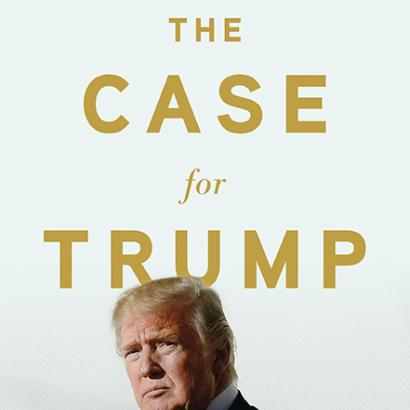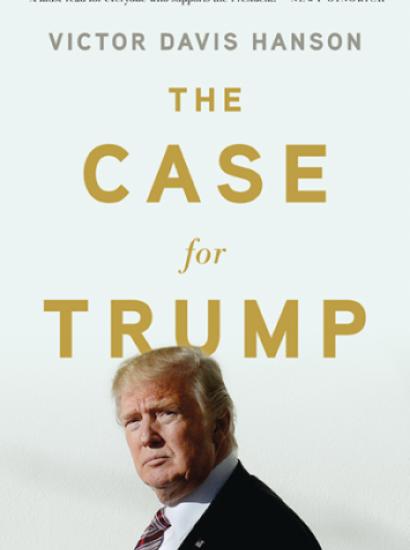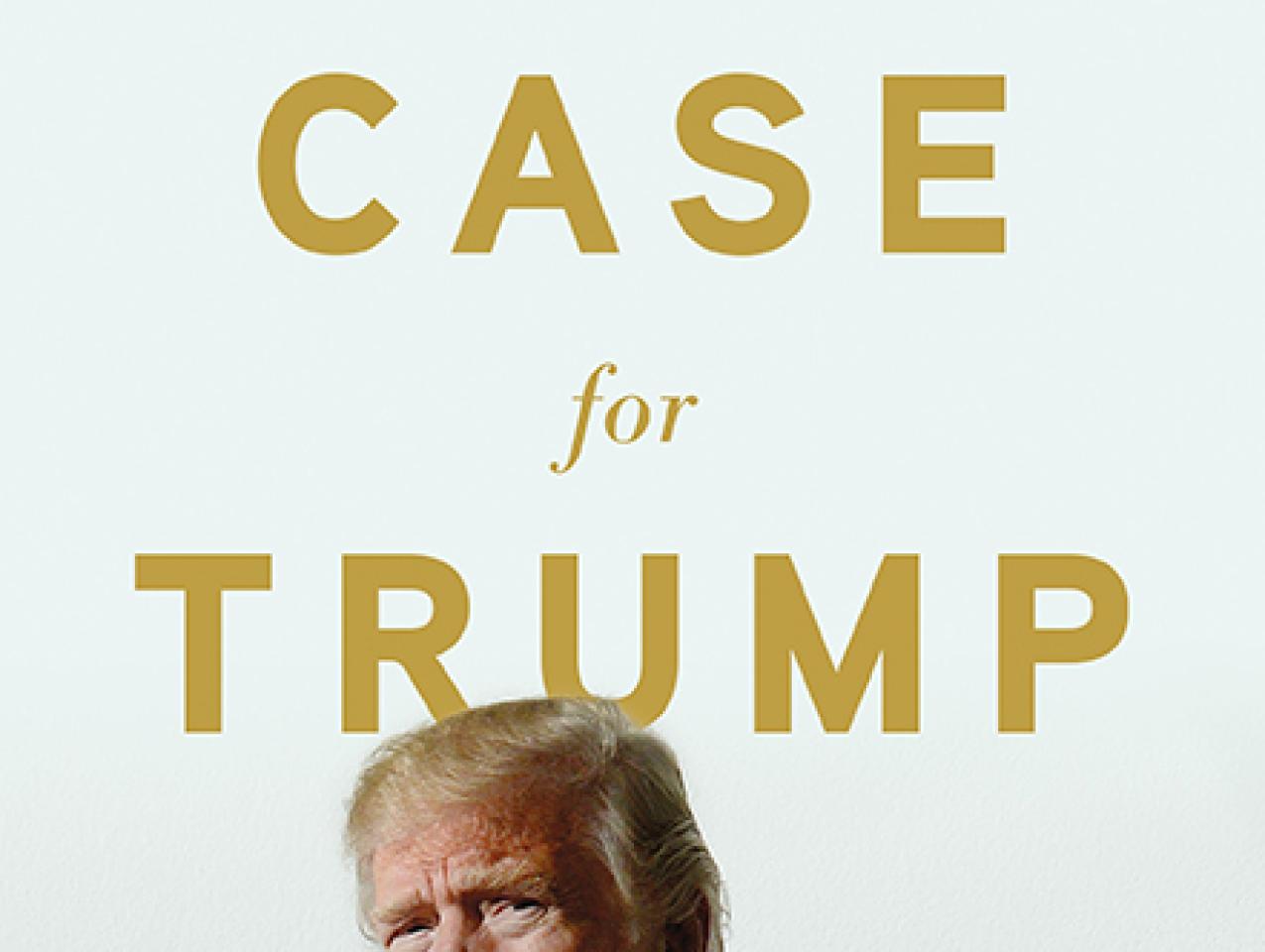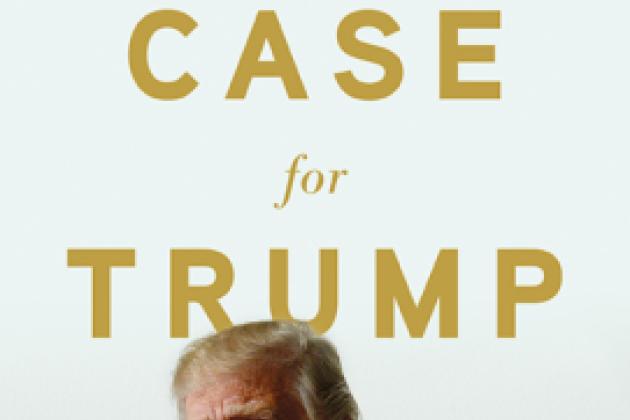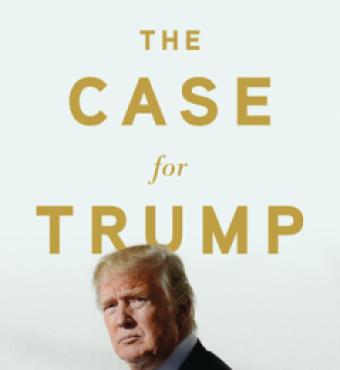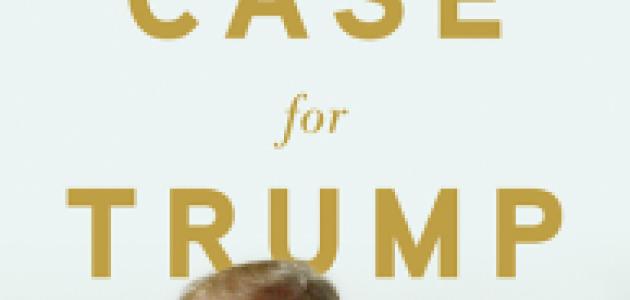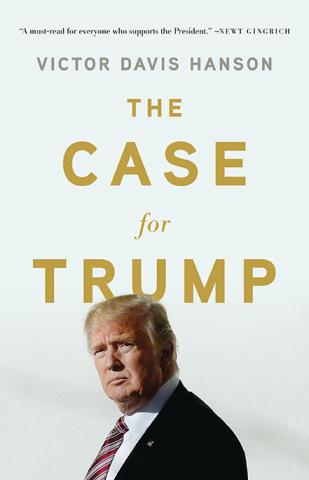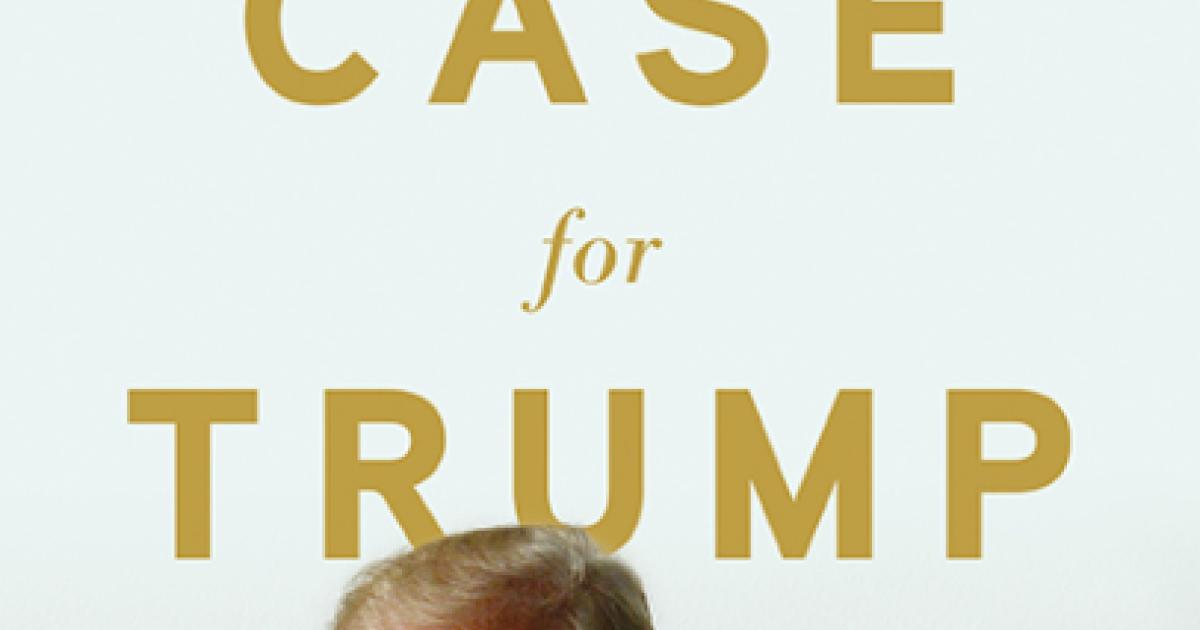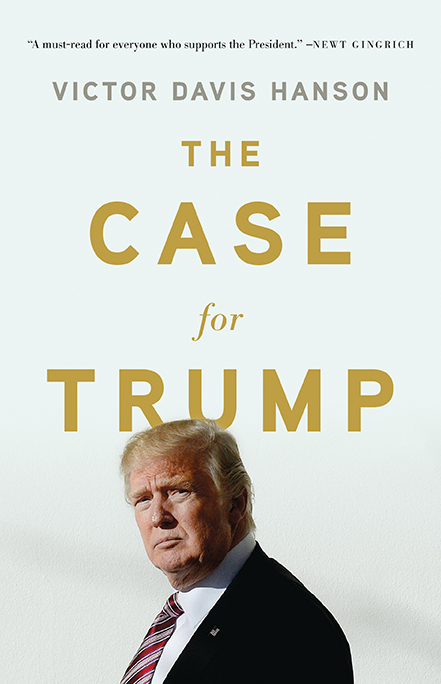
In his new book, The Case for Trump, Hoover scholar Victor Davis Hanson tells the story of how Donald Trump’s first two years as president have become one of the most successful early presidential tenures in history, and argues why America needs his agendas now more than ever.
Hanson, the Martin and Illie Anderson Senior Fellow at the Hoover Institution, attempts to understand Trump on his own terms—and to answer a series of questions by drawing on wider historical and literary precursors and contexts:
- Why were expert pollsters and pundits so wrong in their predictions of a failed Trump presidential nomination, a loss at the ballot box in November 2016, and, in its first months, a failed presidency?
- Is Trump a classic populist, a dangerous demagogue, or a barking
P. T. Barnum, hawking the zeitgeist of the moment? - Did the political climate pre-2016 create the need for someone like a Trump, or did Trump—and only Trump—make conditions fit his own agendas? In other words, was Trump’s rise due to his message or to the man himself?
- How exactly did Trump defeat Hillary Clinton? Could he have beaten any other Democrat in 2016?
- Why did Trump’s critics so loathe him? Did the odium derive from his checkered personal and business past? His herky-jerky bombast? His absence of a proper curriculum vitae?
Hanson’s methodology is literary and historical, and he places Trump in the populist tradition of American politics as well as within the 21st-century challenges of globalization, trade, and open borders, and their effects on traditional American society.
As Hanson argues, in some sense, Trump’s abrupt appearance parallels literary portraits of the tragic hero, from Sophocles’s plays to John Ford’s Westerns. This flawed and deeply dangerous archetype uses particular skills and agendas—unavailable to or antithetical to traditional remedies—to solve existential problems, but in a crude and often violent manner that guarantees his ostracism and exclusion from established society.
He notes that Trump was a creation of the limitations of both political parties who had few suitable answers to challenges of demography, technology, and internationalism.
As Hanson writes, “About Trump, no one is neutral, no one is calm.”
Media Contacts
Clifton B. Parker, Hoover Institution: 650-498-5204, cbparker@stanford.edu







